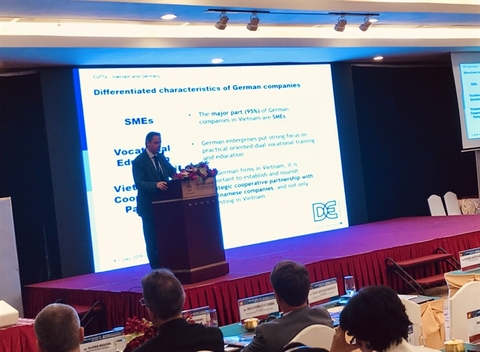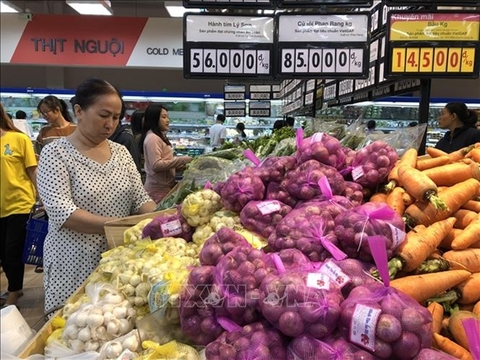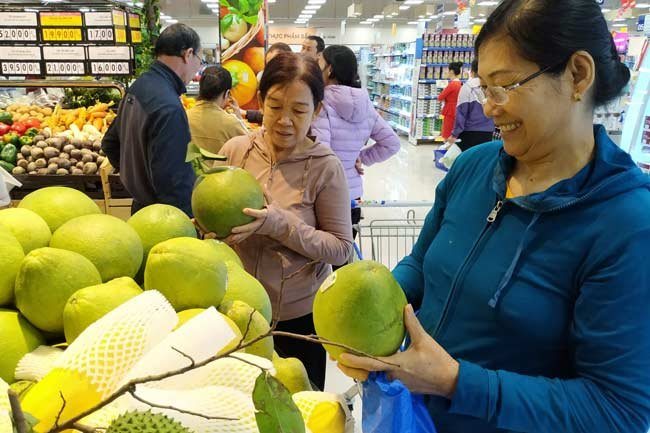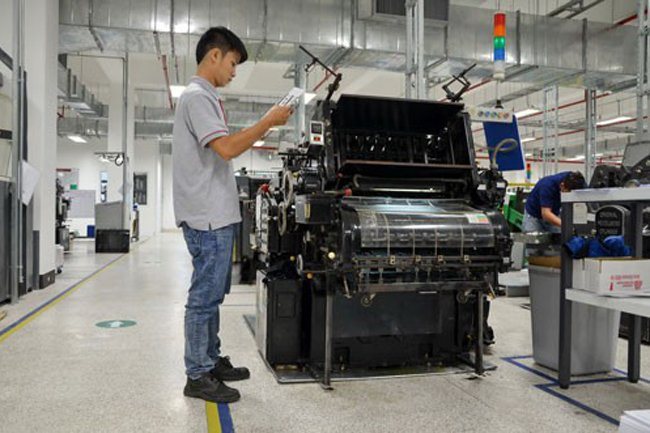Viet Nam’s new FTA with EU a “role model” for ASEAN members
Viet Nam’s new FTA with EU a “role model” for ASEAN members
Viet Nam is expected to become a “role model” for other countries in the ASEAN region when its free trade agreement with the EU takes effect early next year, a EuroCham official has said.

Jean Jacques Bouflet, vice chairman of EuroCham in Viet Nam, said that Viet Nam would have “privileged access” to Europe’s 500-million-strong consumer market under the agreement, which was signed in June.
Viet Nam is among the top 10 exporting countries to the EU. Within ASEAN, Viet Nam is EU’s second biggest trade partner and largest exporter of goods.
“The EU may provide additional incentives to Viet Nam to speed up the process of aligning national policies with ASEAN regional goals. This will become a tool for enhancing ASEAN integration,” Bouflet said.
“EU investment trends in key sectors such as automobiles and motorcycles, food, agriculture, aquaculture, green growth, intellectual property rights, transportation and logistics, have all contributed to improvements in Viet Nam,” he added.
Bouflet spoke at the trade forum on “EU – Viet Nam Free Trade Agreement (EVFTA) - A New Horizon for Extensive and Comprehensive Cooperation” held yesterday in HCM City.
Marko Walde, chief representative of AHK Viet Nam - German Industry and Commerce in Viet Nam, said the elimination of bilateral tariffs and export taxes and reduction of non-tariff barriers affecting cross-border exchanges of goods and services were expected to boost bilateral trade.
The EVFTA was also expected to create new opportunities for German companies to access markets across a range of sectors, covering goods, services and investment, especially in the automobile, green energy, electronics, IT, food processing and health care sectors, he said.
Klaus Landhaeusser, regional sales director for Automotive Original Equipment at Bosch, Southeast Asia, said: “The EVFTA will see an increase in technological transfer, especially connected products and solutions. Imports of connected products, solutions and machinery from the EU to Viet Nam and vice versa will be much easier, quicker and less costly.”
According to a study from the Ministry of Planning and Investment, the EVFTA will increase export turnover to the EU by about 20 per cent by 2020, 42.7 per cent by 2025 and 44.37 per cent by 2030.
Based on Viet Nam’s production capacity of key commodities and EU tax-reduction commitments in the EVFTA, major Vietnamese exports that will most benefit are seafood, vegetables, furniture, footwear and textiles. These are sectors in which Viet Nam has advantages and is committed to reduce taxes.
Recommendations
Blouflet outlined a number of recommendations for Viet Nam to ensure that it complies with the new free trade agreement.
He said the country must adhere to Rules of Origin (RO) when exporting to the EU, especially because traceability regulations for importing countries have become increasingly strict.
Enterprises should also meet food safety and hygiene standards and management procedures set by the EU, as well as corporate social responsibility and transparency of information on labour and the production environment, he said.
In addition, for some kinds of seafood products, it is important to comply with IUU (illegal, unreported and unregulated) fishing regulations.
A legal framework on the origin of Vietnamese products and product labels with “Made in Viet Nam” should also be created.
Producers’ self-certification of origin must comply with Vietnamese regulations as well as EVFTA requirements on RO to prevent origin fraud, Bouflet noted.
The use of modern methods would ensure strict control of goods’ authenticity, quality and origin, he added.
To enhance competitiveness, Vietnamese manufacturers should shift to advanced production and processing systems. By improving product quality, branding and packaging, and optimising the production process, manufacturing enterprises could lower production costs, thus promoting consumer purchasing power, Bouflet said.
The EVFTA, signed on June 30 in Ha Noi, is one of the most ambitious agreements concluded between the EU and Viet Nam. Over a 10-year period, more than 99 per cent of tariffs on goods from both sides will eventually be removed.
The EVFTA is expected to be approved by the European Parliament early next year.
Hoang Quoc Vuong, deputy minister of Industry and Trade, said that two-way trade value between the EU and Viet Nam had increased more than 13 times from about $4.1 billion in 2000 to $55.84 billion in 2018, of which Viet Nam’s exports to the EU reached nearly $41.9 billion and imports from the EU nearly $14 billion.
Two-way trade value reached $27.45 billion in the first half of 2019, a rise of 1.67 per cent over the same period last year, according to the figures from the Viet Nam Customs.


















